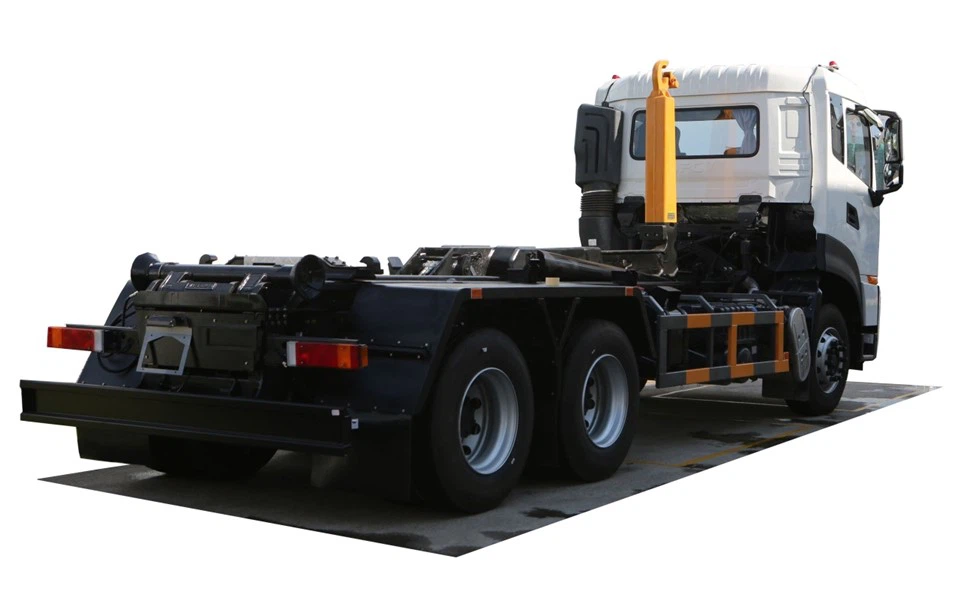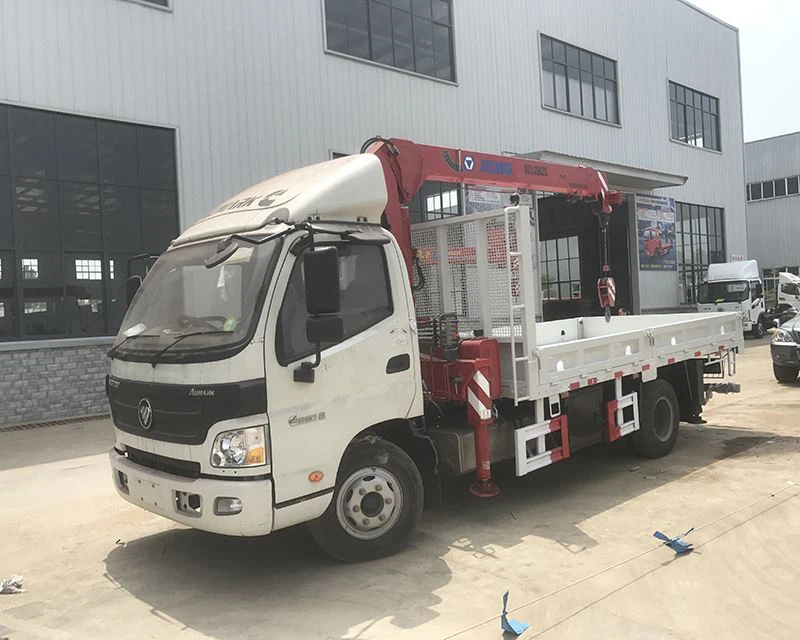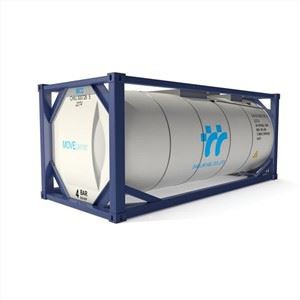Understanding 567 Pete: A Comprehensive Guide

Introduction
The term “567 Pete” has gained attention in various contexts, ranging from vehicles to finance. In this comprehensive article, we will explore the intricacies of 567 Pete, including its applications, benefits, and impact on different sectors. As we delve into the various facets, readers will grasp a clearer understanding of what 567 Pete is all about, equipped with practical examples and useful tips. Moreover, we will address common queries in the FAQ section to further enhance your knowledge.
What is 567 Pete?
567 Pete generally refers to the Peterbilt 567, a versatile truck model produced by Peterbilt Motors Company. Renowned for its strong build and reliability, this model serves multiple industries, particularly in construction, logging, and agriculture. The “567” denotes the model number, while “Pete” is a colloquial term for Peterbilt, a brand synonymous with heavy-duty trucks.
The Features of 567 Pete
Cab Design
The 567 Pete features a rugged cab design that prioritizes both performance and comfort. The truck’s cab comes in various configurations to accommodate diverse needs.
- Day Cab: Ideal for local operations.
- Sleeper Cab: Suitable for long hauls, offering resting space.
Engine Options
One of the standout features of the Peterbilt 567 is its engine options. Customers can choose from several engines, allowing them to select according to their performance requirements.
| Engine Type | Horsepower Range | Torque |
|---|---|---|
| Cummins ISX12 | 400-600 HP | 1,450-2,050 lb-ft |
| Paccar MX-11 | 335-500 HP | 1,250-1,850 lb-ft |
Advanced Safety Features
Safety is paramount in the trucking industry. The 567 Pete includes advanced safety features such as:
- Adaptive cruise control
- Lane departure warning systems
- Collision mitigation technology
Applications of 567 Pete
Construction Industry
The 567 Pete is a common presence in the construction industry. Its versatility allows it to be used for transporting materials and equipment. Different configurations can be tailored to meet specific job requirements, such as:
- Dump trucks for debris removal
- Flatbeds for transporting construction equipment
Logging and Forestry
In the logging industry, the 567 Pete is instrumental for hauling timber. Its robust build and strong engine options make it suitable for transporting heavy loads over challenging terrains.
Agriculture
Farmers appreciate the Peterbilt 567 for its reliability in transporting goods from farms to markets. Its ability to handle diverse loads, such as livestock and agricultural products, makes it essential in rural areas.
Benefits of Owning a 567 Pete
Durability and Longevity
One of the primary benefits of owning a 567 Pete is its durability. Constructed with high-quality materials, this truck model is built to last, making it a worthwhile investment.

Fuel Efficiency
With the push for eco-friendly operations, the 567 Pete offers commendable fuel efficiency, especially when equipped with efficient engines. This can significantly reduce operational costs for businesses.
High Resale Value
Another advantage of the Peterbilt 567 is its high resale value. Due to its reputation for reliability, trucks from this model often retain their value well in the used truck market.
Common Upgrades and Customizations
Customization Options
Owners often opt for customizations to enhance the functionality and aesthetic appeal of their 567 Pete. Popular choices include:
- Upgraded interiors with luxurious seating
- Custom paint jobs
- Enhanced sound systems
Performance Enhancements
To improve performance, truck owners may consider upgrades such as:

- Aftermarket exhaust systems for better airflow
- Suspension upgrades for rough terrains
- GPS technology for efficient routing
Maintenance Tips for 567 Pete
Routine Check-Ups
To ensure the longevity of your Peterbilt 567, regular maintenance is crucial. Here are some essential check-up points:
- Ensure proper oil levels are maintained.
- Regularly inspect brake systems for wear and tear.
- Check tire pressure to prevent uneven wear.
Seasonal Maintenance
Different seasons bring about unique challenges. For winter, it is advisable to:
- Use winter-grade diesel fuel to prevent gelling.
- Check batteries to ensure they’re ready for frigid conditions.
Cost Factors Associated with 567 Pete
Initial Purchase Price
The price of a new Peterbilt 567 typically ranges from $150,000 to $200,000, depending on configuration and options. Understanding the cost implications can help potential buyers budget better.
Operating Costs
In addition to the purchase price, consider ongoing operating costs such as fuel, insurance, and maintenance. Budgeting for these expenses is critical for business owners.
Financial Considerations: Leasing vs. Buying
Leasing the 567 Pete

Leasing offers flexibility for businesses that require trucks for a limited time. Advantages of leasing include:
- Lower initial costs
- Access to newer models with updated technology
Buying the 567 Pete
Purchasing the truck allows for long-term investment benefits such as:
- Ownership of the asset
- No monthly payments post-purchase
FAQ Section
What is the best use for a 567 Pete?
The best use for a 567 Pete varies but largely includes applications in construction, logging, and agriculture due to its versatility.
How fuel-efficient is the Peterbilt 567?
The fuel efficiency of the Peterbilt 567 can vary by engine choice and usage but generally provides competitive performance in its class.
What maintenance should I perform on my 567 Pete?
Regular oil changes, tire inspections, and brake checks are essential for maintaining the performance and lifespan of your 567 Pete.
Is it better to lease or buy a 567 Pete?
This depends on your financial situation and needs. Leasing may be better for short-term use, while purchasing allows for long-term ownership benefits.
Can I customize my 567 Pete?
Yes, the Peterbilt 567 is highly customizable, allowing owners to add various upgrades and personalized features.
What is the expected lifespan of a Peterbilt 567?
With proper maintenance, a Peterbilt 567 can last well over a million miles, making it a reliable asset for any trucking operation.
